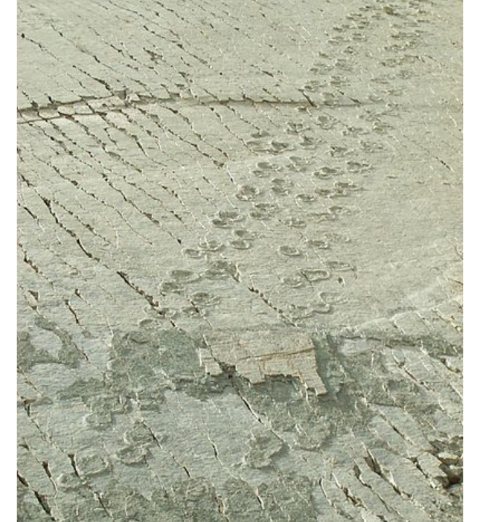Footprints on the Wall: Were Dinosaurs Actually Climbing the Cliffs in Bolivia?

Some ancient rock art shows the deliberate leaving of hand prints by our ancestors leaving a lasting impression of their existence. The surprising prints that are to be found on a rock face in Bolivia were a completely unintentional mark left by unwitting artists. Sometimes a fortunate sequence of events leaves a puzzling phenomenon on the earth. The many dinosaur trails found adorning what appears now as an almost vertical wall is one of those examples.

Footprints on the wall
Cal Orcko is a site located in the south central Bolivian department of Chuquisaca, close to Sucre, the country’s constitutional capital. The site is home to the Parque Cretácico (meaning ‘Cretaceous Park’), which is renowned for having a wall said to contain the largest concentration of dinosaur footprints in the world. Finding one dinosaur footprint millions of years old is pretty thrilling - but to find 1000s in one place? It has been described by archaeologists as a ‘dinosaur dancefloor’, as layers of footprints create a cross-hatched pattern of trails. Through these footprints, palaeontologists were able to identify some of the various types of dinosaur that once roamed the area, feeding, fighting and fleeing in an ultimately ill-fated competition for survival.